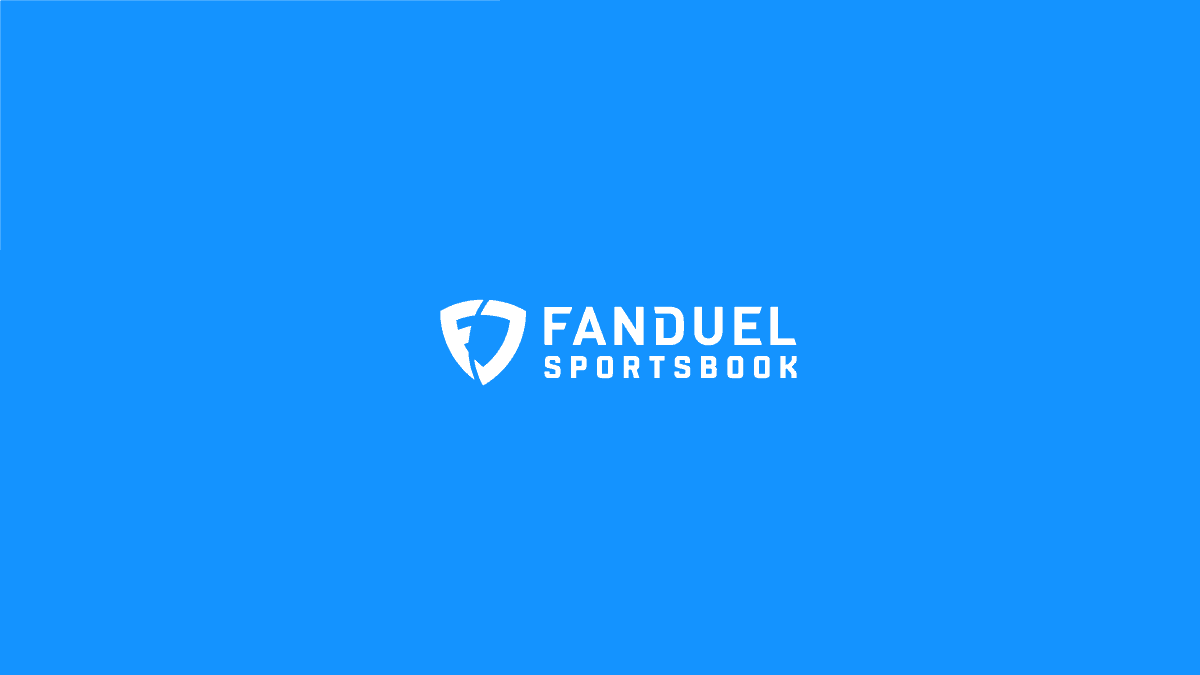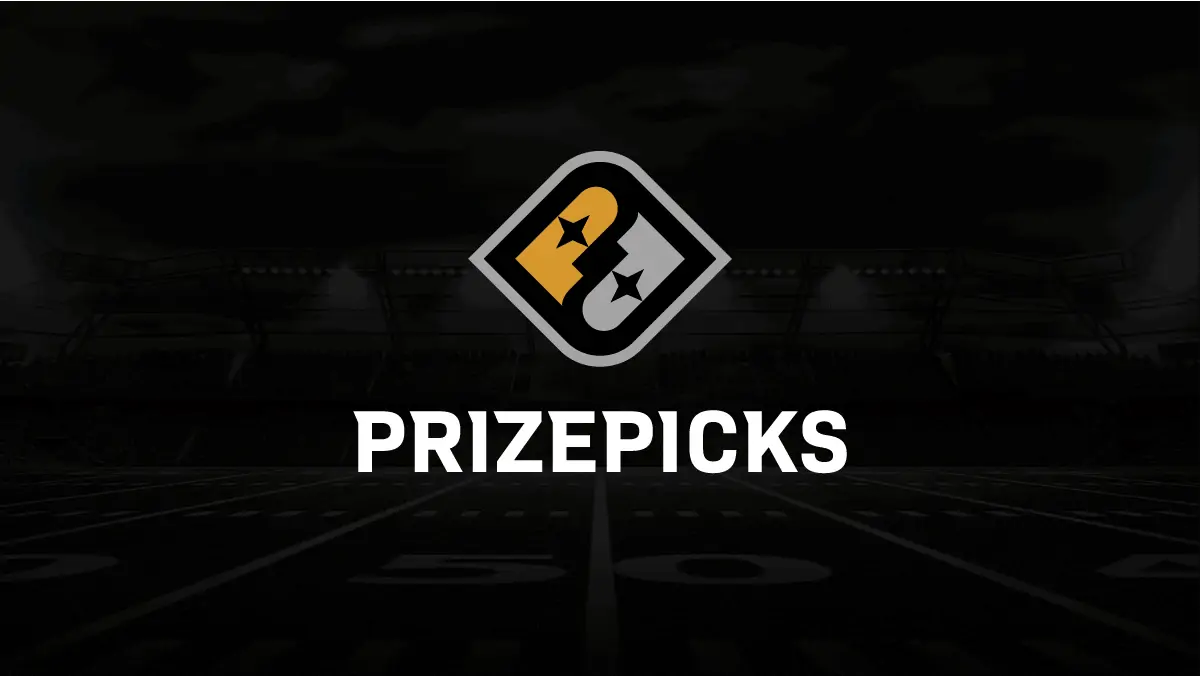I’m no NBA Draft analyst. I often don’t understand why players who were great in college do not end up being great NBA players. Ask me what I thought of Marvin Bagley III coming out of Duke, for example. Luckily for my ego, NBA franchises often don’t get it either — ask Vlade Divac what he thought of Marvin Bagley III coming out of Duke. Here we are going to look at some college basketball stars who were taken relatively high but ended up as NBA Draft busts (is this whole list a Zach Edey subtweet?).
NBA Draft Busts: College Basketball Stars Who Flopped in the NBA
We’re defining NBA Draft busts as not being a good NBA player simply because they weren’t good enough. Injuries or any other extenuating circumstances do not a bust make in this list, so Bobby Hurley, Jay Williams, Greg Oden and others are not considered here.
Sign up for OddsShopper Premium. You can use promo code “POSITIVE” to get your first week (or month) for 50% off (regular price of $14.95 weekly, $49.95 monthly)! Got more questions? Read our guide to using +EV tools!
Mateen Cleaves — 2000 NBA Draft
Cleaves is the poster boy of college excellence and a hot NCAA Tournament run leading to a high draft selection before finding out that he had already peaked. The 2000 Michigan State Spartans were a great Tom Izzo team, sporting four future NBA players — two of whom were at least decent pros.
Cleaves was not one of those two.
He didn’t even go crazy in the tournament, averaging 14.2 points on 41.8% shooting, but Cleaves was the captain of the Spartans and a three-time All-American, so he was the face. His numbers throughout his career were fine — not approaching elite, but good enough to draw college accolades. And once Michigan State beat Florida for the 2000 title, it was obvious some NBA team was going to reach for him in the draft to bag some of that sweet, sweet MSU culture.
That ended up being the Pistons a few years before Joe Dumars figured everything out and built a title team. Detroit took Cleaves 14th, and he got about 16 minutes per game in 78 games in his rookie season. That was as good as it got, though.
Cleaves never played more than 32 games in a season, spent time in a bunch of different leagues and retired in 2009 with NBA career averages of 3.6 points and 11.2 minutes per game.

Adam Morrison — 2006 NBA Draft
Michael Jordan’s track record of drafting is not particularly good, but there has been some revisionist history with him picking Morrison third overall in 2006. Yes, it was a bad pick because Morrison was a lousy NBA player. But it wasn’t like MJ fell in love with Morrison and demanded he be taken in a spot where no one else would have. If you Google “2006 NBA Mock Draft,” nearly every result has Morrison going somewhere between third and fifth overall.
That’s because Morrison was a transcendent scorer at Gonzaga who also earned lovers and haters with his intense emotion. For crying out loud, Morrison averaged 28 a game his junior year on 49.6% shooting, including 42.8% from 3. He never passed and wasn’t exactly Kawhi Leonard defensively, but that scoring volume plus efficiency looked translatable.
It wasn’t. Like, at all.
Now, is some of that due to a knee injury? Maybe — Morrison tore his ACL in the 2007 preseason and missed that whole year. But guys come back from ACLs, so we’re not blaming Morrison’s bad NBA career on that one. Before the injury, he averaged just under 12 points on a rough 37.6% from the field, and again he couldn’t pass or play defense. He was basically a chucker off the bunch with no other good qualities.
Eventually the Bobcats figured that out and sent Morrison to the Lakers, where he gleefully hopped on Kobe’s coattails and gets to have “2x NBA champion” on his Wikipedia page. Woo.
Tyler Hansbrough — 2009 NBA Draft
This is tough because Hansbrough was kind of a useful NBA player for a couple years, at least relative to others on this list. He even got award votes in his second and third seasons in the NBA. But given what Hansbrough was at North Carolina, something along the lines of, say, a Mason Plumlee career should have been the baseline for him, and he didn’t even reach that.
Hansbrough was a three-time First-Team All-American with the Tar Heels, a truly divisive and elite all-around frontcourt presence who averaged 20.2 and 8.6 for his four-year career. He was Player of the Year in 2008 and then led North Carolina to the title in 2009. His college trophy case is about as full as anyone’s in recent memory.
Sure, Hansbrough wasn’t the most athletic guy, and he was a little undersized for an NBA big at 6-foot-9. But short guys with energy and good hands have made good power forwards before, so the Pacers took Hansbrough 13th in 2009.
He was fine for a while, almost exclusively coming off the bench. But his best season had him playing about 22 minutes, putting up 11 and five on good not great efficiency, and Hansbrough was never better than a spell big who could give your starters some rest without tanking the whole team. Indiana didn’t keep him past Year 4, and the Raptors gave him 15 minutes a game for a couple years.
Hansbrough was out of the league after 2015-16 — just seven NBA seasons.
Jimmer Fredette — 2011 NBA Draft
We all tried so hard to make Jimmer a thing in the NBA. Stephen Curry was not quite NBA great Steph Curry yet, but Fredette came around a year after Curry’s Davidson run and looked like the next edition: A sweet stroke that he could pull from anywhere, pure cojones every time he took the floor and some strong efficiency numbers to boot.
Fredette scored 22 a game his junior year on 46% shooting and 44% from deep, and then his senior year he elevated by averaging 29 a game with only a slight drop in efficiency (45.2%, 39.6%). Plus, BYU was good with him playing this way.
When the Kings took him 10th overall in the 2011 draft (one spot ahead of Klay Thompson, mind you), Sacramento bought his jersey in droves and made him the hottest thing in town. That didn’t take long to die down, however.
The problem was that Fredette was not big at 6-foot-2, and he lacked the elite ball handling and quickness that Curry had to make up for it. Jimmer peaked in his rookie year with 7.6 points per game on abysmal 36.1% 3-point shooting and 38.6% overall.
Teams kept giving him chances, kept trying to buy the Fredette stock low, and it never clicked. Until, that is, he went to China and became the hottest thing there.






























